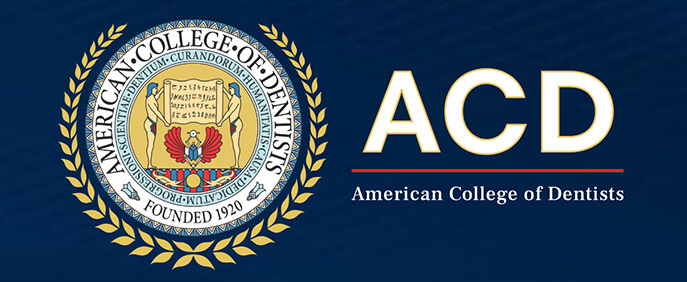What You Need To Know About Brushing & Flossing
Dental disease is caused by bacteria and yeast, which stick to teeth by producing a sticky, waterproof glue. This glue traps the germs on your teeth, forming dental plaque. These bacteria thrive on the food you eat, and after they feast, they release waste in the form of lactic acid. This acid dissolves tooth enamel, creating cavities. Once a cavity forms, bacteria grow faster and produce more acid, making the hole bigger over time. Without proper care, cavities can lead to toothaches and even destroy the tooth completely.
To prevent this, it’s essential to brush and floss to remove plaque. Since plaque is waterproof, rinsing alone won’t work—it requires physical removal. A toothbrush cleans the tops and sides of teeth, while floss or toothpicks clean between them. Both are necessary for a complete cleaning.
Flossing is especially important, even more so than brushing. In our family, we sometimes skipped brushing on late nights but never skipped flossing—our “Floss and Fluoride” routine showed how vital flossing is. Floss comes in long strands or handy floss handles, which are great for parents, especially since kids can bite fingers during flossing. Our office provides reusable floss handles to reduce waste and save money. No matter the type, the key is to make flossing a daily habit!










